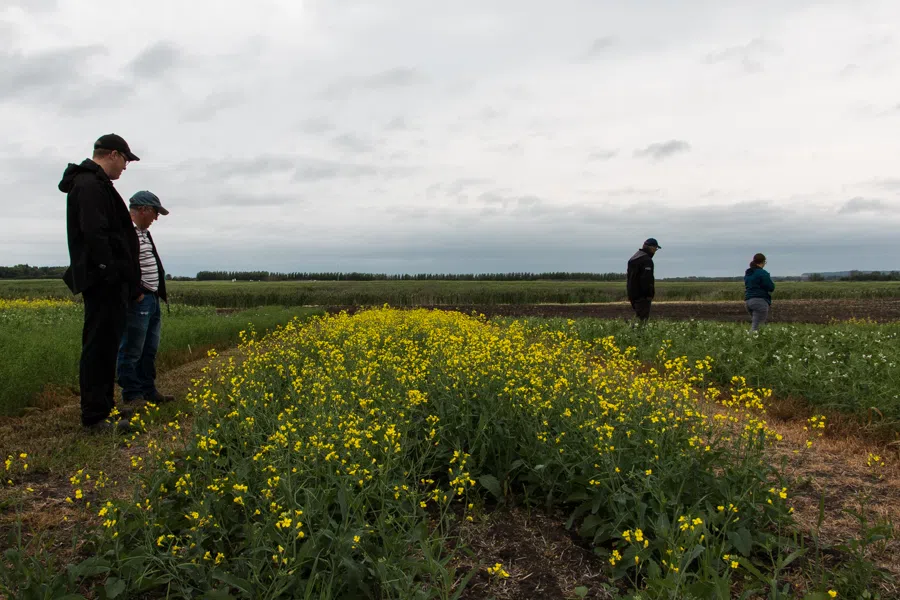
PHOTOS: Farmers seeing new ag research firsthand in PA region
Farmers and others in the agriculture industry in the Prince Albert region are seeing research results firsthand at the Annual Field Day held by the Conservation Learning Centre.
The Centre, 18 kilometres south of Prince Albert on Highway 2, is a conservation research farm funded, in part, by the provincial government, testing new agricultural technologies, methods, chemicals and crops on small-scale fields to see how well they work.
Each year, the Centre holds an Annual Field Day, inviting people to come out and see what they’re doing.
“We have experts in the field talking about the various projects,” said Larry White, chairman of the board for the Centre. “Whether it’s fungicide application, or foliar application of fertilizers or maybe just some new chemical we might be trying on a particular crop.”


